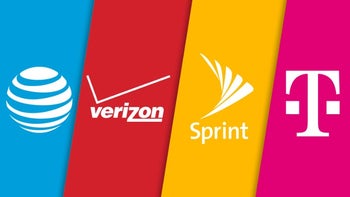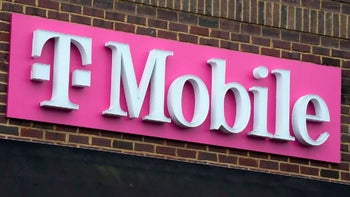T-Mobile releases video showing how 5G can save your life

The next generation of wireless connectivity, 5G, is going to offer consumers in the U.S. download data speeds 10-15 times faster than what they have become accustomed to with 4G LTE. For example, a movie that might take 20 minutes to download on a 4G LTE phone will take seconds to install over 5G. In addition, the faster speeds will lead to the creation of new businesses and industries that don't currently exist. It took the global build-out of 4G LTE networks to help create the rideshare industry and launch two companies that are each worth more than a billion dollars today (Uber and Lyft).
5G data speeds can be a lifesaver
The video released today by T-Mobile features Mariana Beckham, an EMT who explains how 5G can quicken response time. With the next generation of wireless connectivity, ambulances could have the ability to control traffic lights and crosswalks in order to clear a path for the emergency vehicle. With 5G, the patient in the ambulance can be scanned with key data and X-rays transmitted in real-time to a doctor at the hospital who would engage in a conversation with the EMTs in the van.

T-Mobile hopes to have the first nationwide 5G network in the U.S. up and running next year
Beckham also discusses how an AR headset could help the EMTs see the patient's hospital records while they treat him in the ambulance. And 5G controlled drones could deliver medications and treatments in cases where time is of the essence and an ambulance ride could be too risky. For example, someone having an allergic reaction could have an epi pen arrive via drone. This would also be helpful for those in remote areas or for victims of a major accident. The EMT says, "In a life and death situation, just a few seconds changes everything. I definitely think that 5G will be a game-changer for first responders."
The only thing that is holding up the merger right now is a lawsuit filed by 17 state attorneys general and the attorney general of Washington D.C. seeking to block what they call an anti-competitive transaction. A trial won't start until December 9th. Meanwhile, a press release issued by the office of Arkansas Attorney General Leslie Rutledge announced her support for the merger. She notes that those in Arkansas are protected by the terms of an agreement that T-Mobile made with the FCC. To get approval for the deal from FCC chairman Ajit Pai, the carrier promised to cover 85% of Americans living in rural areas with 5G signals within three years after the deal closes. That will rise to 90% after six years.
"Arkansas stands to benefit from the T-Mobile merger with Sprint which will increase competition, especially in rural areas that have been deprived of reliable wireless service. From our evaluation, the merger will result in increased quality and more competitive prices for Arkansans by expanding rural broadband access and expediting 5G technology to provide an essential service for a desperately underserved population."-Leslie Rutledge, Attorney General, Arkansas
Arkansas joins other states that have publicly announced their support for the merger. They are Kansas, Louisiana, Nebraska, Ohio, Oklahoma, South Dakota, and Utah. But T-Mobile will not close on the deal until the trial is over or a settlement made with the plaintiffs.













Things that are NOT allowed: